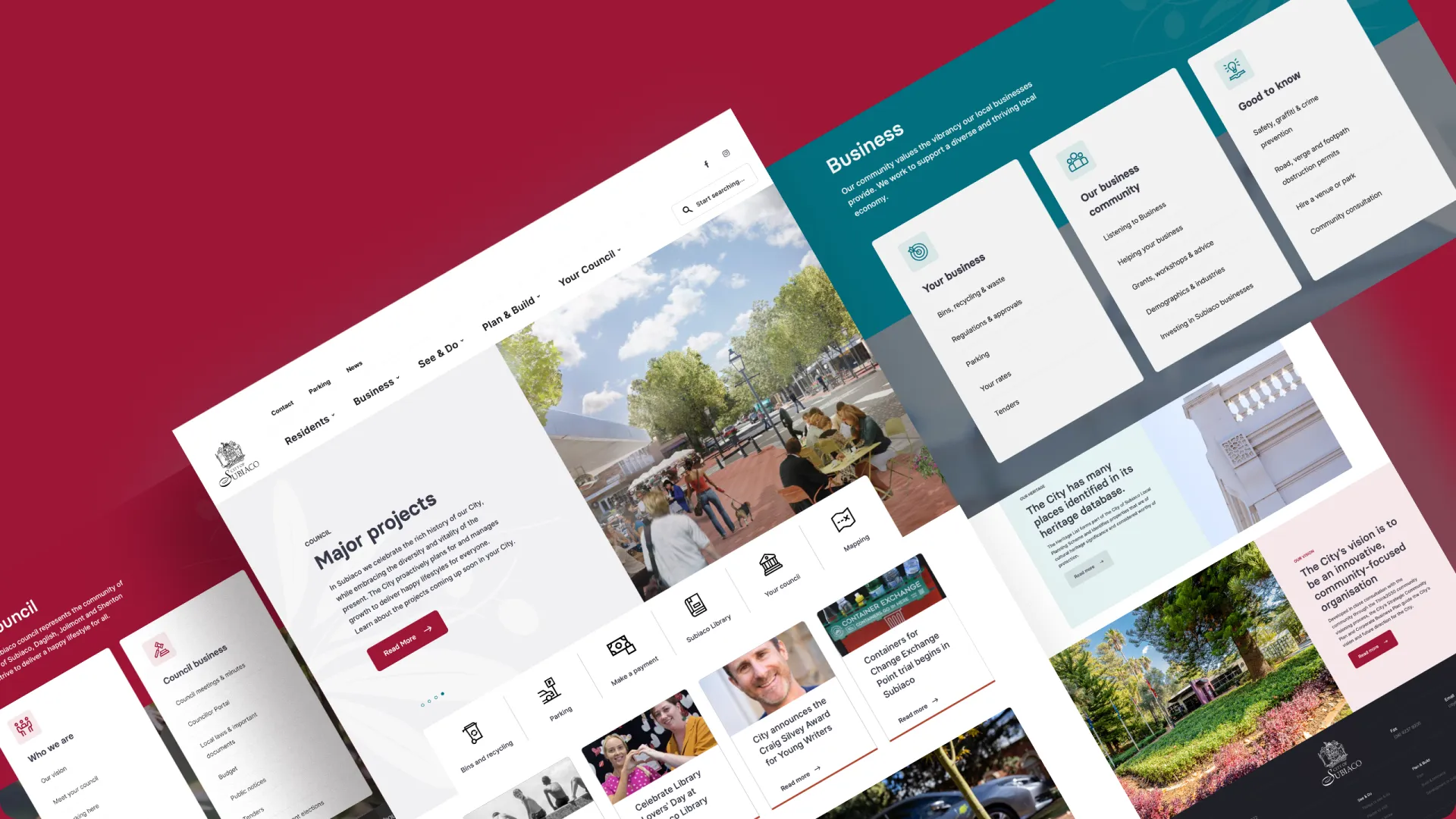
Agile's growing relevance can be seen everywhere.
Workplaces across various industries are increasingly adopting the Agile approach despite it being primarily a software methodology.
Due to its focus on flexibility, collaboration and continuous improvement, the Agile methodology has many benefits and can be helpful across virtually any industry or team type. Industries that use Agile frameworks to deliver innovative products in ever-changing environments include marketers, the military, automotive, and higher education industries.
What is an agile methodology?
At its core, an Agile approach emphasises adaptability. It involves breaking projects into manageable sprints and using a continuous feedback loop to enable teams to learn from experiences and improve for the best possible outcome.
How does the Scrum framework relate to Agile? Agile is an umbrella category that Scrum falls under as a subset of Agile methodology.
As projects are broken down into several dynamic phases (sprints) and are iterative, after each sprint, the team can reflect to see if potential improvements can be made. Its emphasis on flexibility, collaboration, and continuous improvement makes it a valuable approach to modern project management. It enables teams to deliver high-quality results that meet evolving customer needs and market demands.
Agile has Four Pillars:
- Individuals over processes and tools.
- Working software over comprehensive documentation.
- Customer collaboration over contract negotiation (as customers should guide where the software should go).
- Responding to change over following a plan.
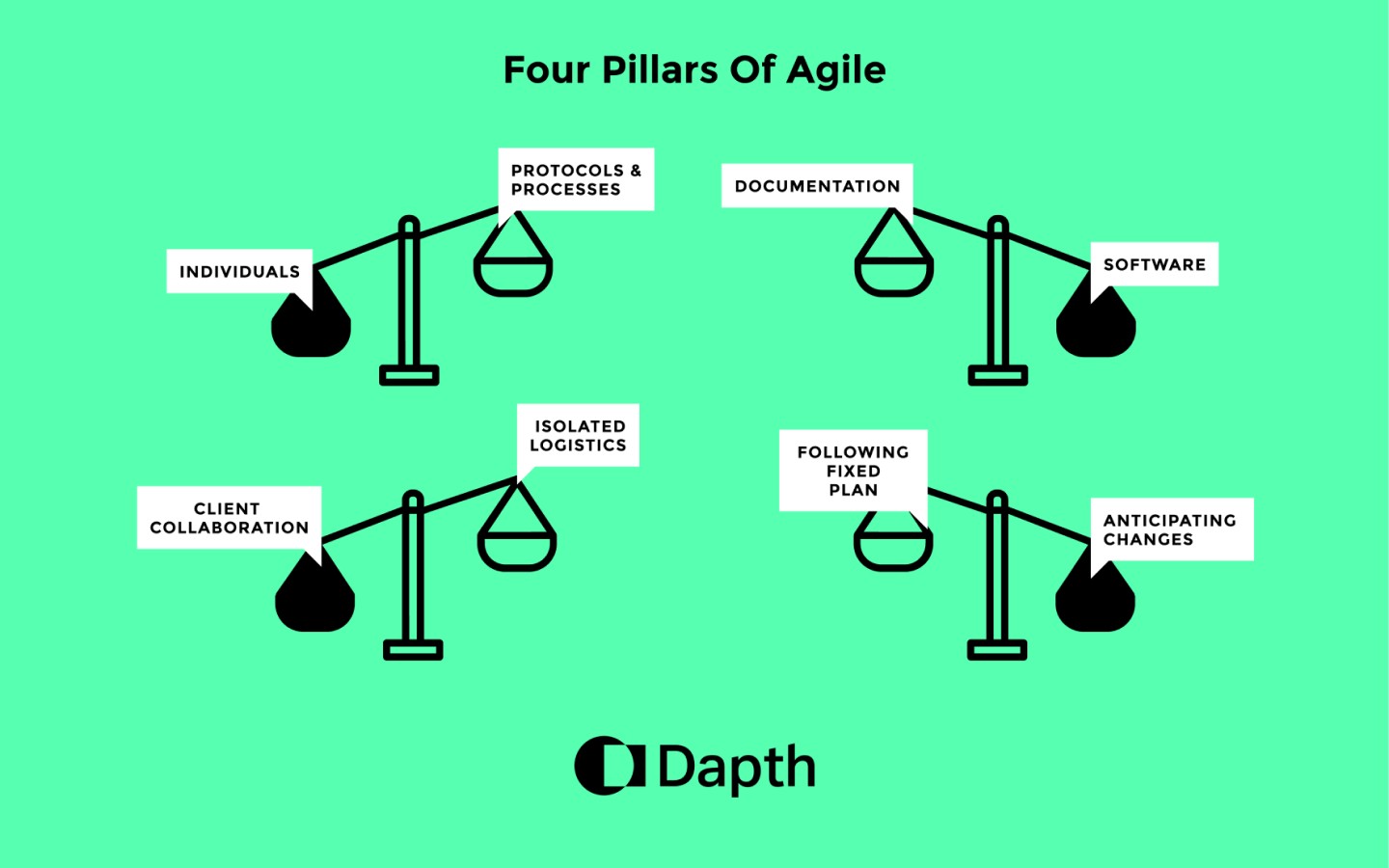
Understanding Agile Development
Some of Agile's key principles include customer satisfaction, continuous delivery, and adaptability. By focusing on these principles, Agile teams can create high-quality solutions, meet customer needs, and improve processes.
Critical Agile development concepts, particularly in software development, include:
- Adaptability – changing demands and the nature of development processes require adaptability
- Disruption – encourages changes for quality results and improves customer satisfaction.
- Collaboration - contributes to the building of both accountability and trust – includes a collective discussion and many different points of view to improve ideas
- Iterative developments – follow a continuous, close feedback loop for improvement.
- Milestone checks
- Sprint review/retrospective – A sprint review with the project stakeholders to show the finished product – an essential part of keeping open communication with stakeholders. An in-person or video conference meeting allows groups to build a relationship or discuss product issues that arise.
Project management is considered ‘definitely Agile’ when it offers transparency, customer focus, adaptability, a sense of ownership, and continuous improvement.


There are numerous benefits to implementing Agile practices in development, including:
- Prioritises people and interactions over tools and processes
- Encourages consistent focus on both improved design and technical excellence
- Allows for prompt feedback
- Accelerates the software development process, thereby increasing customer confidence
- Enables quick adaptability to meet constantly changing requirements
- Combines both flexibility and adaptability
- Improves quality and reliability by emphasising QA (Quality Assurance) and continuous improvement
- Boosts team confidence and fosters a positive and supportive workplace culture
Agile project management is a methodology that enables teams to respond quickly to market developments and client needs. This approach is ideally suited for software development since it allows projects to be developed in iterations that build on one another.
Software developers benefit from regular testing of each deliverable before and after a launch, which promotes short feedback loops and constant evolution of the product. Teams completing Agile methodology can complete work faster and adapt to changing requirements more efficiently.
Iterative, Customer-centric Nature of Agile
Agile is a methodology commonly used in application and software development. Since software constantly evolves, the product's requirements must shift accordingly. Agile is named as such because it allows teams to quickly adapt their strategies without disrupting overall project flow.
One of the key features of Agile development is its customer-centric approach. Software development teams can focus more closely on customer needs than other industries. Thanks to cloud-based software, teams can receive feedback from customers almost instantly.

Is Agile a Methodology or Set of Principles?
In short, it’s considered a bit of both. It’s an overarching methodology comprised of a set of principles.
Agile is widely used in project management, software development, and other fields. It is more than just a methodology; it includes principles guiding its implementation.
These principles include valuing individuals and interactions, frequently delivering working software, focusing on customer satisfaction, and adapting to change. The Agile methodology is based on these principles and enables teams to work collaboratively, respond quickly to feedback, and deliver high-quality products.
The Agile framework is also an umbrella term for many different variations of methodologies, including:
- Kanban: A visual approach to Agile represents the development process using cards on a board. Cards represent tasks, and columns represent stages. Kanban helps teams identify roadblocks and visualises the amount of work getting done.
- Scrum methodologies: It's common for small teams and involves sprints. Scrum teams meet daily.
- Extreme Programming: This framework outlines five values to help teams work more effectively. These values include communication, simplicity, feedback, courage, and respect.
- Adaptive Project Framework: It's based on the idea that project resources can change anytime.
- Extreme Project Management is used for very complex projects with a high level of uncertainty. It involves constantly adapting processes until the desired result is achieved, and it requires a lot of flexibility.
- Adaptive Software Development: The main focus of the process is continuous adaptation.
- Dynamic Systems Development Method: It focuses on the entire project lifecycle.
- Feature-Driven Development: Blends different Agile best practices.
Agile project management is a beneficial approach for specific organisations and project types. It works well for projects that evolve or don't have a clear scope and requirements initially and in fast or rapidly changing environments or industries.
It's also practical for organisations that must work closely with customers or external parties throughout the project and for companies that emphasise process and product improvement.

Agile Software in Action
Agile development is a practical approach to software development that emphasises adaptability, iterative development, and frequent stakeholder feedback. It can be applied to development projects. Agile teams can deliver high-quality software solutions that meet user expectations by being flexible and responsive to ever-changing requirements and customer needs.
Feedback, improvement, and listening to customers are all fundamental tenets of Agile. Agile teams actively seek input from stakeholders, customers, and end-users. This loop helps teams validate assumptions, identify potential issues early on, and make informed decisions.
Focus on Stages
Agile focuses on completing stage-by-stage rather than trying to deliver the whole solution at once. Iteratively correcting issues is much easier than at the project completion. And each increment is also potentially shippable. This allows value to customers more frequently and will enable them to gather early feedback and make corrections as needed.
Collaboration is Key
Collaborative teamwork is also crucial. As a genuinely cross-functional process, roles such as product owners, developers, testers, and designers work closely together throughout the project, which fosters a sense of shared ownership and accountability.
Collaboration plays a pivotal role in Agile methodology by enabling faster decision-making, better problem-solving, and the delivery of high-quality work. One key benefit of Agile is its adaptive planning, which allows teams to be flexible in terms of project requirements. Unlike traditional waterfall methods that require extensive upfront planning, Agile techniques enable teams to adjust priorities, add or remove features, and respond to changing needs throughout the development lifecycle.
Feedback Loops
Frequent feedback loops are a crucial aspect of Agile implementation. Regular meetings such as daily stand-ups, sprint reviews, and retrospectives enable teams to:
- Communicate effectively
- Identify issues early
- Make corrections quickly
The constant feedback loop ensures the project aligns with stakeholder expectations and business goals.
The five main benefits of adopting Agile method include:
- Continuous customer contact
- Faster delivery
- Lower project risks
- Ongoing innovation
- The ability to adapt
However, Agile may not be suitable for every organisation or project type, and some situations may not be the best approach, such as when:
- The project outcome is stable and well-understood
- It must produce a repeatable deliverable (i.e. 5 duplicate microsites, all exactly the same)
- Stakeholders are not in favour of Agile
- The company cannot support Agile

Agile Basics and Techniques
Agile is a project management methodology centered around delivering a product or service incrementally and iteratively. It is based on collaboration, flexibility, and customer satisfaction. These techniques are used to implement Agile methodology and ensure efficient project management and team collaboration. Some key concepts or techniques include:
1. User Stories: They are a high-level definition of a work request containing enough information for the team to estimate the effort required to accomplish the request.
2. Iterative Development: This process breaks the project into smaller parts, allowing the team to work on each part separately and deliver it incrementally.
3. Continuous Integration: It is a process of continuously testing and integrating the code changes made by the team.
4. Kanban Boards/Agile Boards: They help the team track the project's progress. It can be anything from a whiteboard with physical notes to a simple Kanban board or project management software.
5. Retrospectives: This is a meeting where the team reflects on the previous iteration and identifies areas for improvement.
6. Cross-functional Teams: This team comprises members with different skills and expertise.
7. Sprints: A sprint is a short iteration, usually lasting 1-3 weeks, during which the team works on tasks determined in the sprint planning meeting.
8. Stand-up Meetings: These are under 10-minute meetings (also known as 'daily scrum meetings') that ensure everyone is on track and informed. Participants must stay standing, which helps keep meetings short and to the point.
Adoption of Agile Techniques
Adopting Agile techniques improves project management efficiency and promotes effective team collaboration.
Agile methodologies enable teams to break down complex projects into smaller, manageable tasks that can be prioritised based on customer needs and business value.
The iterative development process allows teams to deliver incremental results quickly and receive timely feedback for continuous improvement. Additionally, Agile promotes cross-functional collaboration through regular meetings, such as daily stand-ups, sprint planning, reviews, and retrospectives. These collaborative ceremonies facilitate team communication, alignment, and problem-solving, leading to higher productivity, better decision-making, and project success.
By implementing Agile techniques, teams can work more efficiently, adapt to changing requirements, and deliver value to stakeholders more effectively.
The Takeaway
Embracing Agile principles - even Agile basics - can benefit software development by fostering flexibility, collaboration, and customer-centricity. This beginner's guide has covered essential concepts such as iterative development, user stories, sprints, and collaborative ceremonies, highlighting the key elements of Agile methodology.
Encouraging individuals and teams to explore and adopt Agile practices can lead to improved project outcomes, increased productivity, and better alignment with customer needs. Ultimately, Agile offers a structured yet flexible approach that empowers teams to deliver value quickly and effectively in today's dynamic and competitive software development landscape.
Our custom software development services provide expert guidance and partnerships to help businesses thrive in the digital era.
We offer comprehensive services covering all aspects of software development, enabling you to leverage technology and adapt to today's fast-paced business environment. Our methodology is designed to improve business processes and enhance efficiency.
By adopting the Agile Software Methodology, you can confidently navigate the complex world of software development and ensure the success of your projects. It's essential to partner with a team that understands these issues and understands the industry well like our team. Contact us today to learn more.

Frequently Asked Questions
What is Agile methodology in simple words?
Agile methodology, in simple words, refers to an approach in software development where teams work collaboratively in short iterative cycles to deliver high-quality products that meet customer needs. It emphasises adaptability, customer satisfaction, and continuous improvement throughout the development process.
What are the 4 types of Agile?
The 4 types of Agile methodologies are:
1. Scrum: Focuses on iterative development with fixed-length sprints.
2. Kanban: Visualises work on a board to manage flow and limit work in progress.
3. Extreme Programming (XP): Emphasises coding, testing, and continuous feedback.
4. Lean Software Development: Focuses on reducing waste and optimising value delivery.
Is Agile a methodology or a framework?
Agile is considered both a methodology and a framework. It is a methodology because it provides principles and practices for software development, such as iterative development and customer collaboration. At the same time, it is a framework that allows teams to adapt and use various Agile practices based on their needs and project requirements.





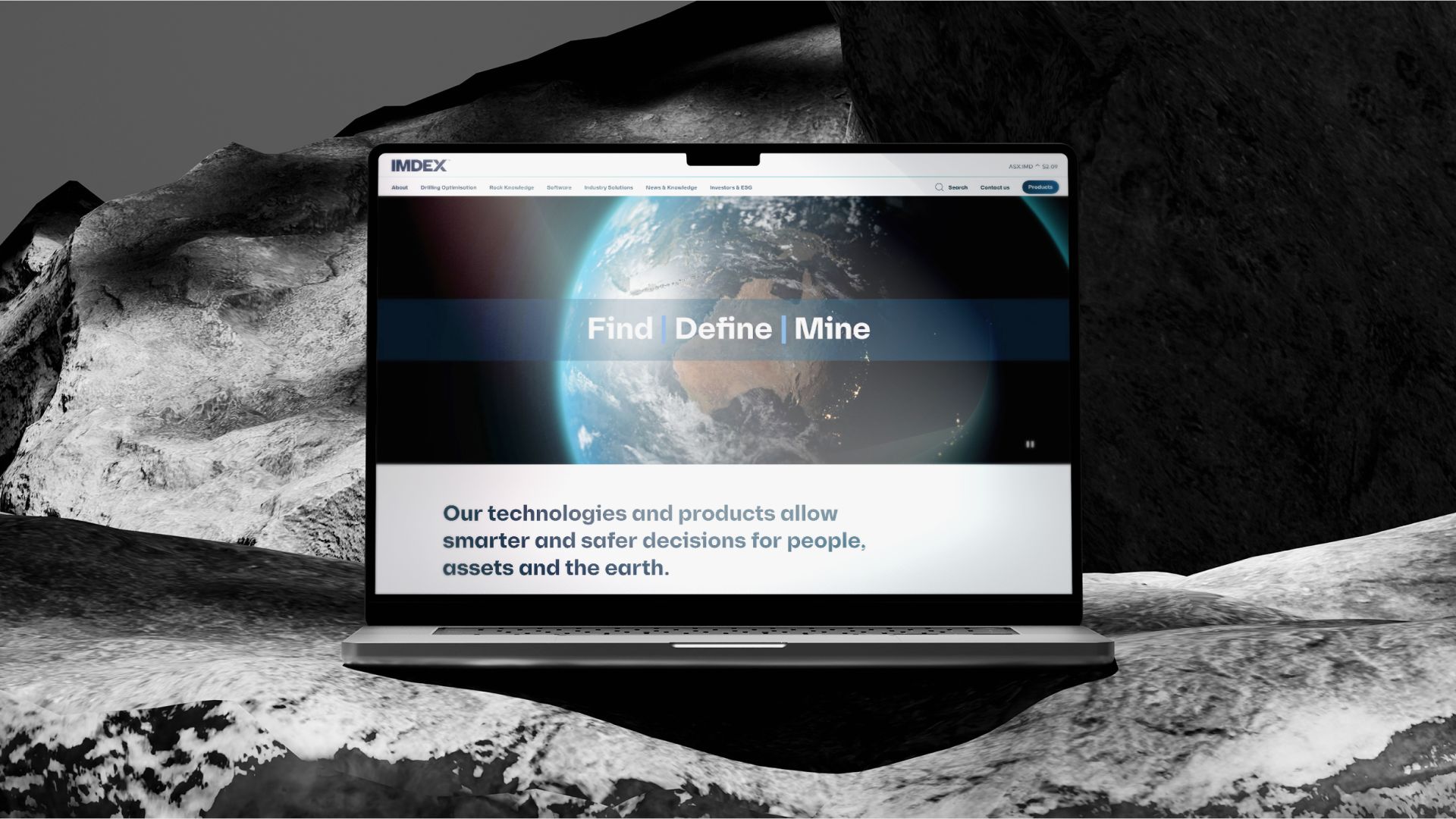
_web.webp)

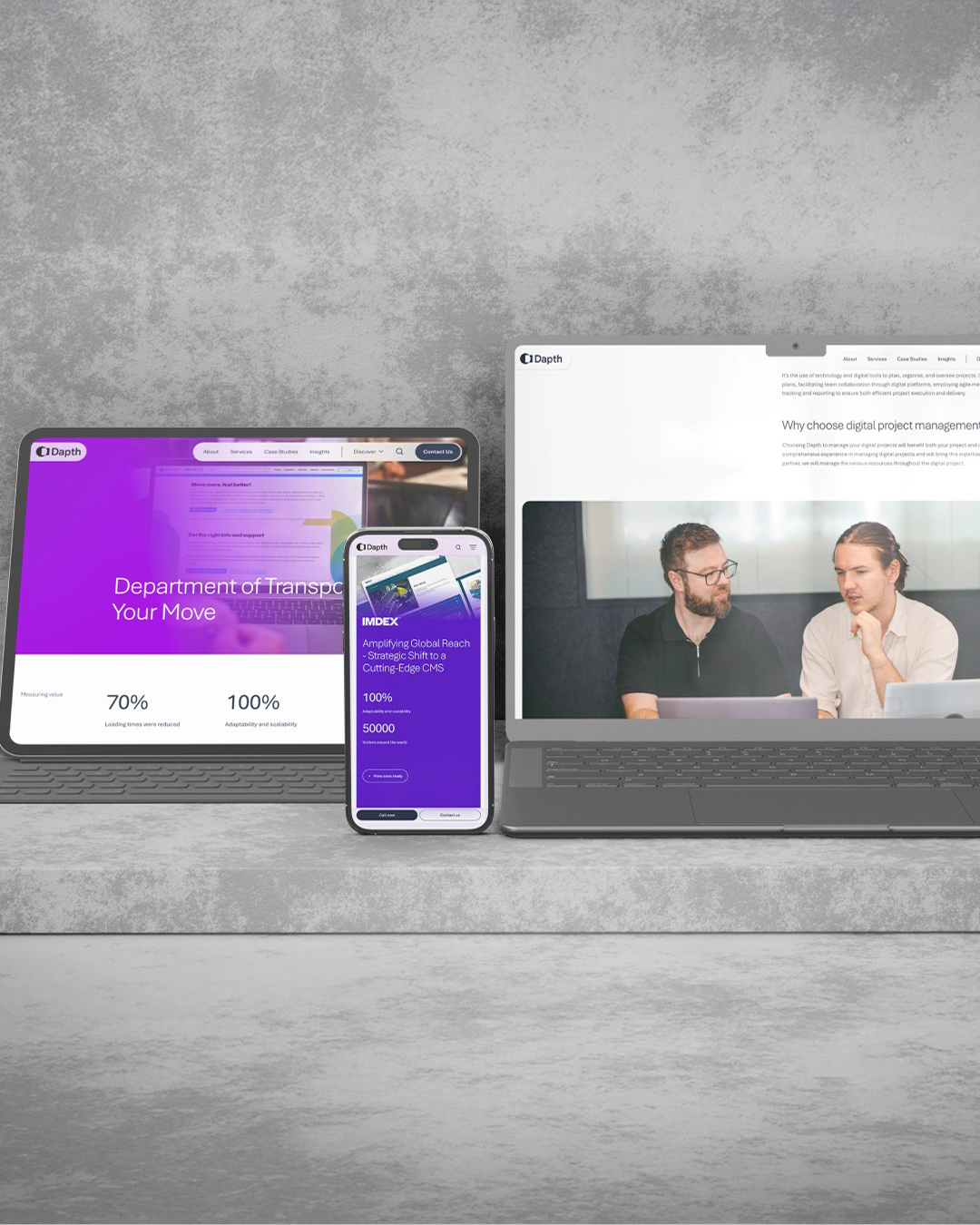



















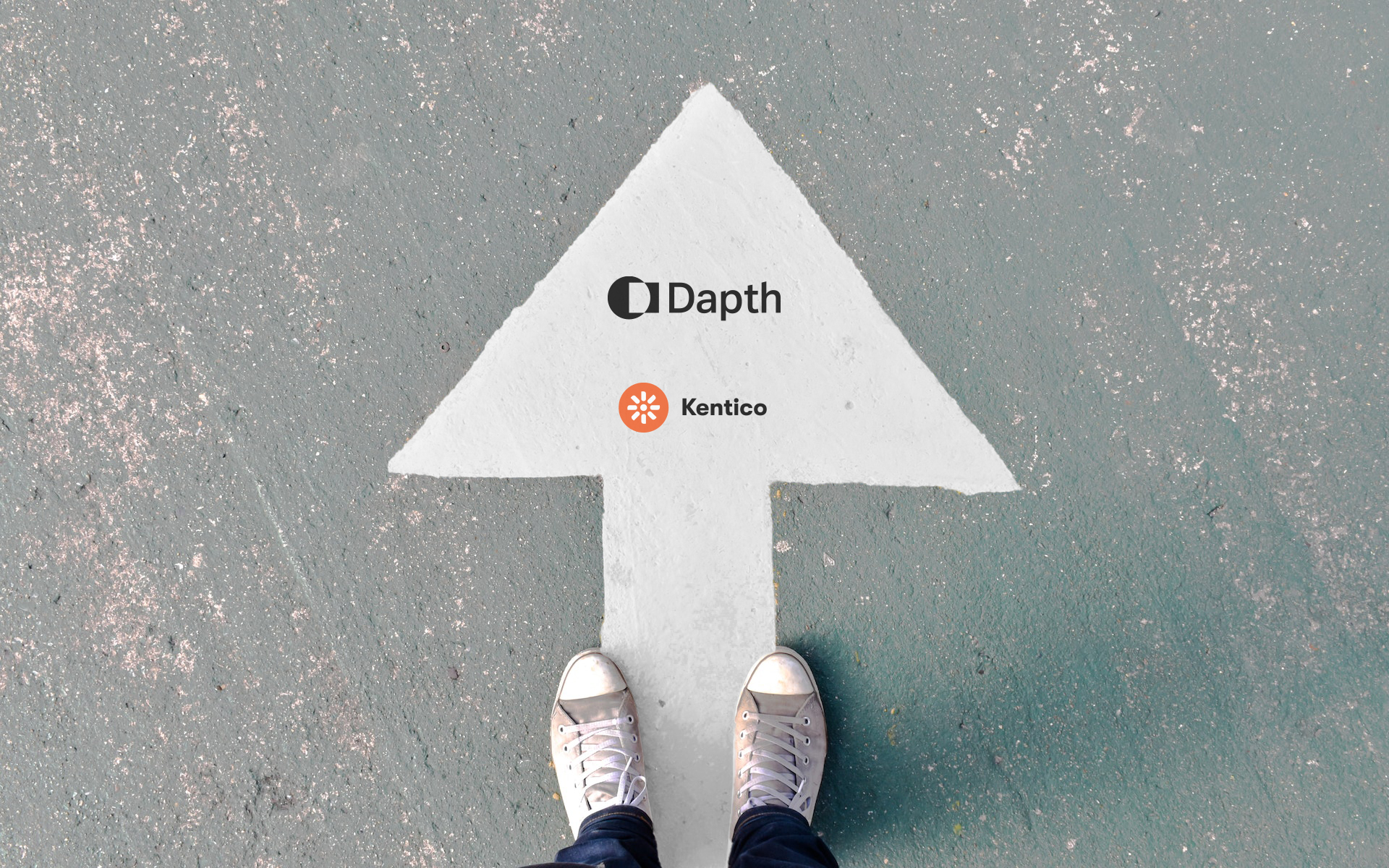










_web.webp)
_web.webp)
_web.webp)

_web.webp)

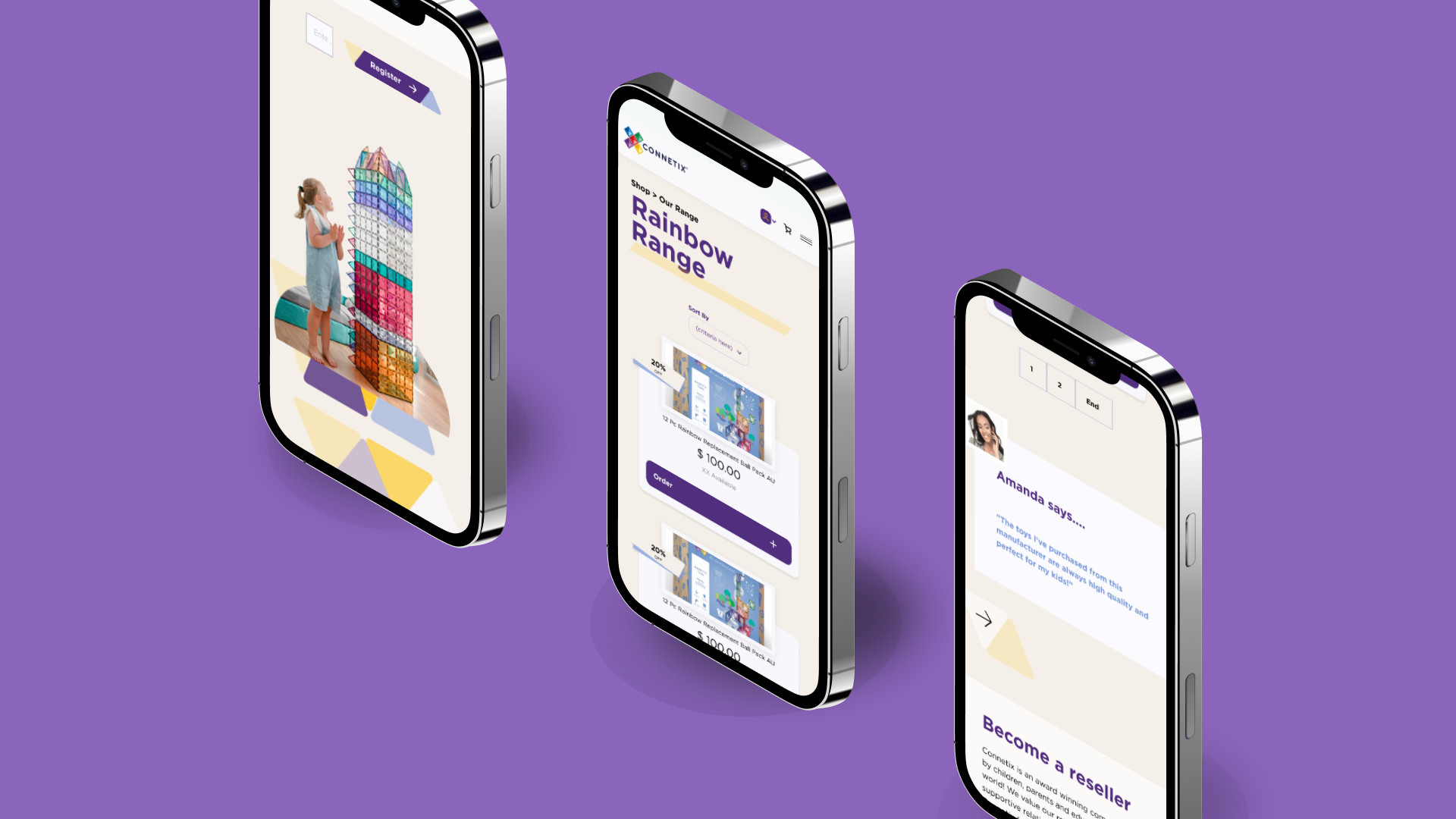

_web.webp)










